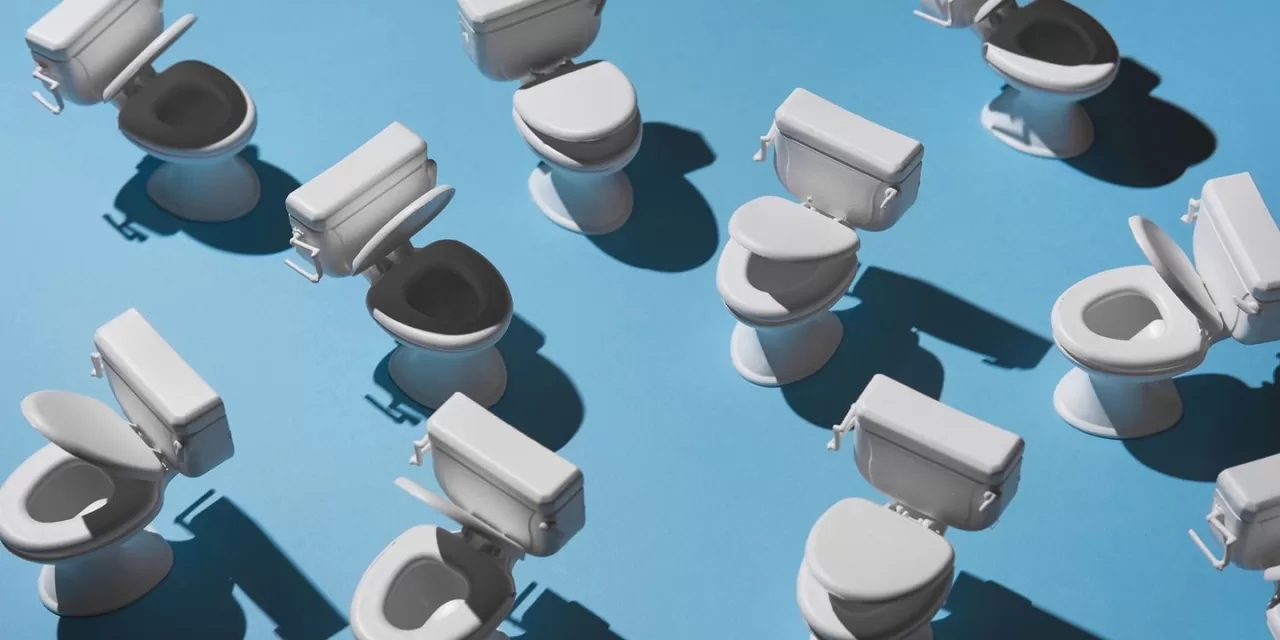January 31, 2024
A recent study published in the American Journal of Infection Control has challenged the widely believed notion that closing the toilet lid before flushing reduces the spread of viral particles. Researchers from the University of Arizona found that while closing the lid did not hinder viral spread, effective disinfection of the toilet, surrounding areas, and toilet water proved to be the only impactful measure.
The study, examining the phenomenon of “toilet plume,” where millions of aerosolized particles are released into the air upon flushing, revealed that the only substantial reduction in viral particles occurred through proper cleaning and disinfection practices.
Senior author Charles P. Gerba, PhD, a professor of virology, explained that although closing the lid might not reduce viral spread, it could still prevent the dissemination of bacteria. The study focused on the potential transmission of viral pathogens, which are smaller than bacteria, through toilet plume.
Researchers conducted experiments using a virus not harmful to humans as a proxy for more dangerous viruses. The study involved seeding toilets with varying doses of the virus, flushing with the lid open and closed, and collecting samples from various surfaces, including the toilet bowl, floor, walls, and nearby areas.
The findings indicated no statistical difference in viral contamination between flushing with the lid up or down, challenging the previous belief that closing the lid reduces bacterial and viral spread. Notably, closing the lid altered the direction of the aerosol plume, affecting contamination patterns on different surfaces.
However, the study emphasized the efficacy of disinfection in reducing viral contamination. Cleaning the toilet with a disinfectant and brush significantly lowered the amount of virus found in the toilet, proving to be a key preventive measure. Adding disinfectant to the toilet bowl before flushing and using disinfectant dispensers in the toilet tank were also effective methods.
The research team recommended cleaning and disinfecting the toilet twice a week to limit the spread of viral particles. In cases of illness in the household, particularly with gastroenteritis, more frequent cleaning, even once or twice a day, was advised. Disinfecting wipes for the toilet seat and flush handle were also recommended to minimize surface contamination.
While it remains uncertain how often toilet flushing leads to illness, especially concerning the transmission of COVID-19, experts stress the importance of maintaining proper hygiene practices, including disinfection and thorough handwashing, to minimize the risk of infection. The study’s insights provide valuable guidance for households aiming to reduce the spread of germs and enhance bathroom hygiene.












